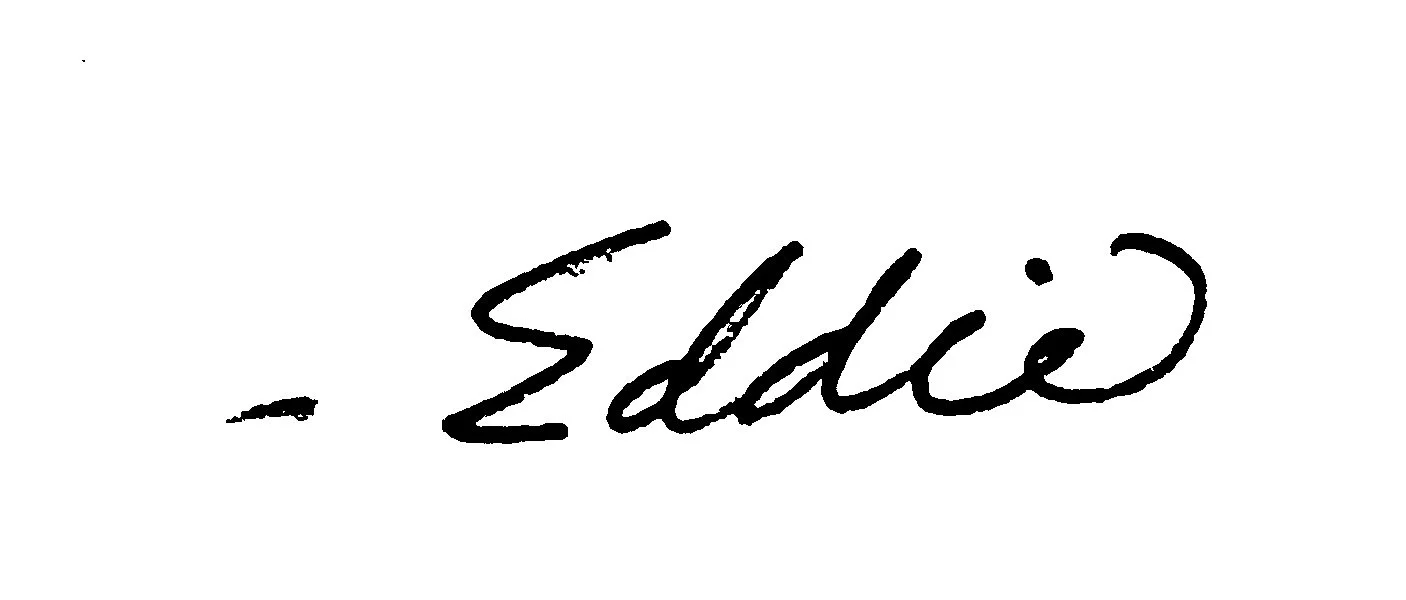Shabbat Candlestick Holders
These Shabbat candlesticks holders come as a set of two. They are made of walnut & brass, and I take pleasure creating them here in my West Asheville workshop. When placed next to one another, the brass creates a dramatic slope upward that continues from one to the other. Having the base of each made of brass provides a low center of mass, these candle stick holders aren remarkably resistant to tipping.
The body portions of wood and brass are connected with a threaded steel rod. The small brass piece that sits atop each candle stick holder is connected with four solid brass nails. Each nail needs an extremely precise hole drilled to mate the brass and wood. While a drill press is used, my small vertical mill from Sherline is how I’m accomplishing such tight tolerances. The procedures I go through to locate and drill the different parts of these candle stick holders continue to evolve as I gain skills in the machining arena. I often find myself researching methods of connecting wood and brass, or observing items I see in everyday life to expand my inner library of joinery methods.
Walnut & Brass
These Shabbat candle stick holders currently sit at 4.25 inches tall, though recent adjustments to the hour glass curve has me contemplating making them about 1.5 inches taller.
Drilling and aligning the four small holes at the top of the design has proved to be the most difficult part of the process. Each of the four small holes in the brass are counter sunk with the larger diameter of the hole measuring at 0.125 inches (1/8”) and the smaller of the two diameters at 0.070" inches. The solid brass nails have a head diameter of 0.130 inches and a shaft diameter of 0.065 inches (~1/16”). This allows the nails to pass through the brass plate with zero friction and stop at full depth. The pilot hole in the wood, where this nail has all its holding power, is 0.0625 inches in diameter(1/16”).
"Rule number one when attaching two pieces of wood with screws: The first hole [the screw passes through] should be large enough for the threads to not touch the sides.” -Brian Boggs
While I’m using a nail rather than a screw and the connection is between brass and wood rather than wood and wood, the concepts are transferable. I also use bonding agents (like epoxy) in small quantities at each connection point for an added adhesive bond.
Would love to hear your thoughts about these, feel free to email me directly at Windthrowteam@gmail.com




